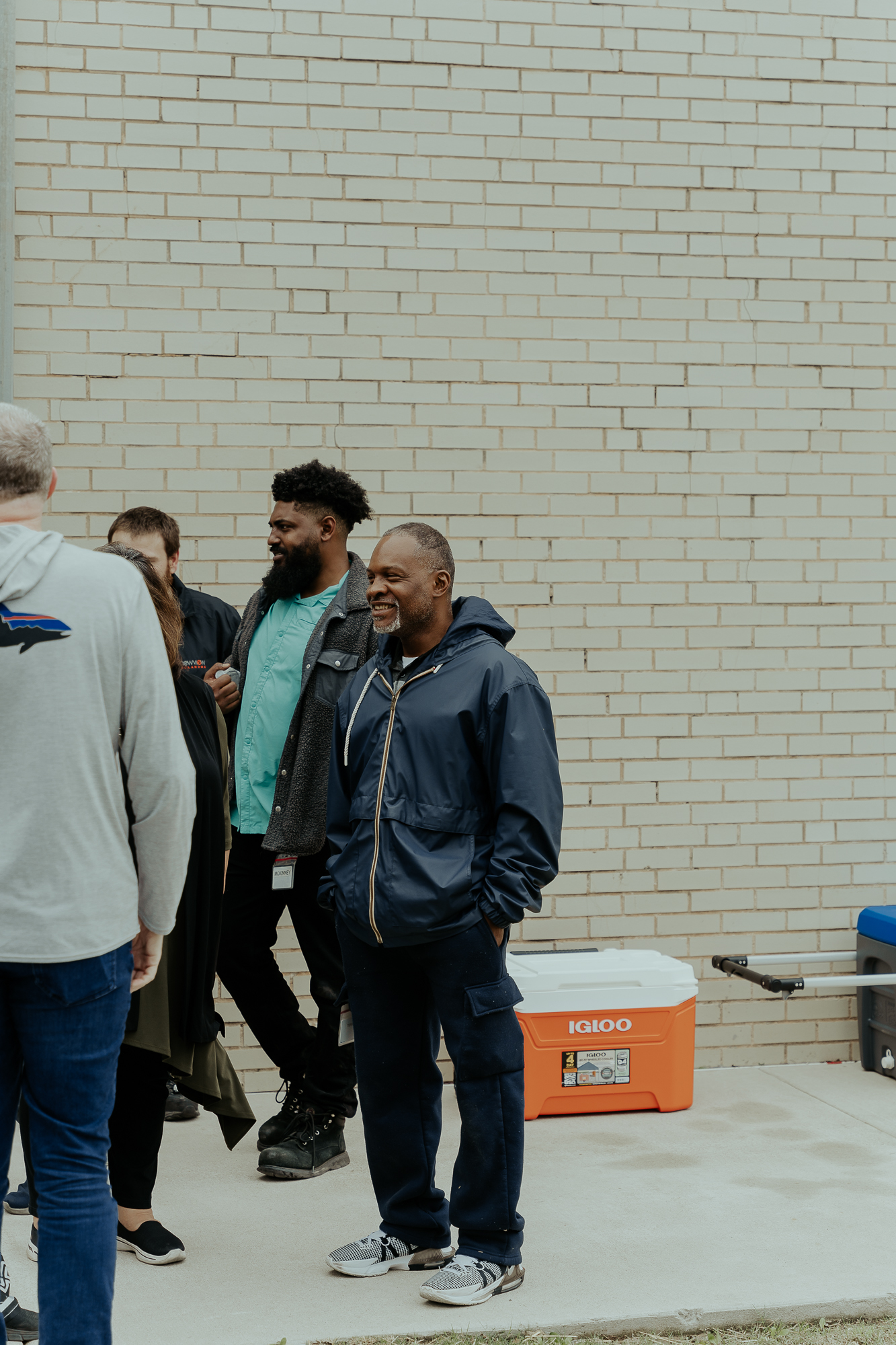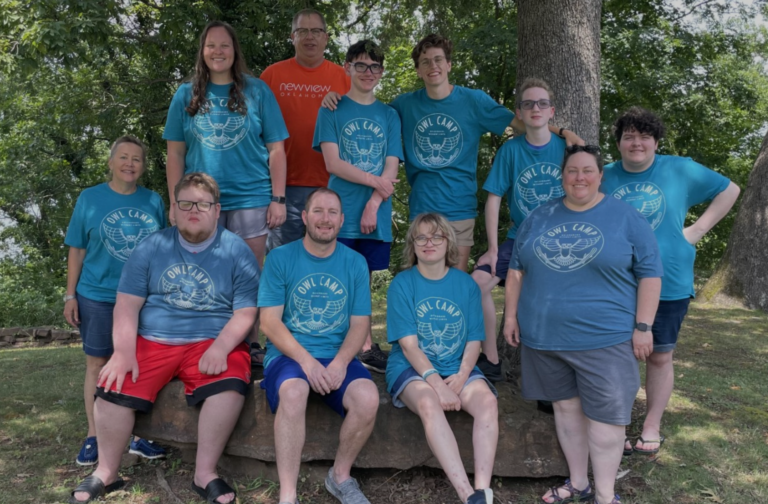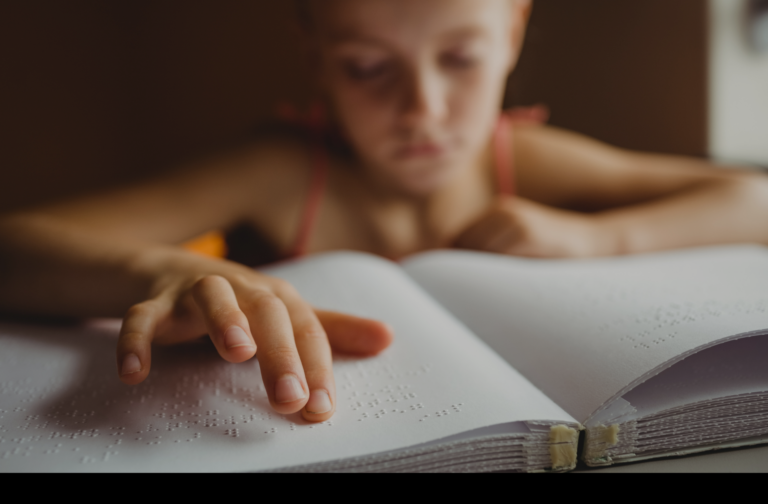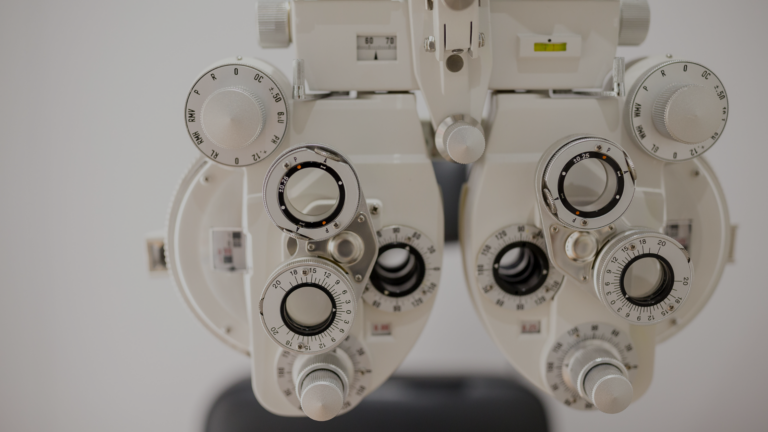Breaking Barriers: Eye Health and Black History Month
As we observe Black History Month and Low Vision Awareness Month this February, the African American community is calling attention to the persistent disparities in healthcare that affect so many communities. Despite progress in many areas, there is still much work to be done to ensure that all members of our society have equal access to quality healthcare.
African Americans are at a significantly higher risk for several eye diseases, showing higher prevalence rates for cataracts, glaucoma, and diabetic retinopathy than other communities. This is rooted in a systemic lack of access to healthcare, resulting in untreated health conditions.
It is not simply a lack of insurance; it is also a lack of adequate providers and a systemic distrust in the medical community by ethnic groups. 55% of African Americans said they distrust the nation’s health care system in a nationwide poll by The Undefeated and the Kaiser Family Foundation. In the same study, “7 in 10 African Americans believe that people are treated unfairly based on race or ethnicity when they seek medical care,” (Poll: Black Americans see a health-care system infected by racism (nationalgeographic.com)).
In low-income and minority neighborhoods, there are fewer health care providers, and even fewer specialists, than are typically found in higher-income areas. The combination of low income, proximity to primary care physicians, and access to health insurance creates a complicated, multi-level roadblock that results in health conditions going untreated for longer, resulting in serious comorbidities like vision loss. According to a 2020 study done by Vision Serve Alliance, the rate of vision loss in the Black community is almost double in comparison to the white community. In Oklahoma, 8.8% of Caucasians reported vision loss compared to 16.8% of African Americans.
One of the most common undertreated health conditions in the Black community is diabetes. In 2020, about 15% of the adult non-Hispanic Black community had diabetes. That is a significant increase from the 10% of white, non-Hispanic adults (Percent of adults with diabetes – USAFacts). One of the common comorbidities of diabetes, particularly poorly managed diabetes, is diabetic retinopathy. Anyone who has diabetes can develop diabetic retinopathy, and the risk of developing the eye condition increases due to several factors. According to the Mayo Clinic, one of the increased risk factors is “being Black, Hispanic, or Native” (Diabetic retinopathy – Symptoms and causes – Mayo Clinic). Careful management of diabetes is the best way to prevent this kind of vision loss.
“The topics of racial and ethnic disparities and inequities in medicine and health care are of critical importance,” Dr. Phil B. Fontanarosa, interim editor in chief of JAMA. (Why Racial Inequities Still Persist in Health Care – The New York Times (nytimes.com)
Another eye disease that African Americans are at a higher risk for is glaucoma. Glaucoma does not have any symptoms at a treatable stage. If you are not visiting a primary care physician or an optometrist annually, glaucoma will not be detected until you are experiencing vision loss. There is a hereditary component to this eye disease, and the Black community is affected at a much higher rate, much earlier in life, than other ethnicities. “[Glaucoma] is eight to 10 times more prevalent in African Americans and accounts for about 19% of blindness in African Americans. On average, it begins about 10 years earlier in African Americans” says Dr. Okocha. (Glaucoma and the African American Population – All About Vision)
The Black community is also at a higher risk for cataracts. Cataracts are the second most common cause of vision loss in the African American community, behind glaucoma. The American Academy of Ophthalmology recommends that people of African descent begin receiving comprehensive, dilated eye exams annually beginning at age 40, which is when many eye diseases without symptoms begin and are detectable through specialized medicine (Ethnicity and Eye Disease: A Risk Reminder for Asian-, African- and Latino-Americans – American Academy of Ophthalmology (aao.org)).
These alarming statistics should prompt communities to have a deeper conversation about the lack of healthcare available, particularly the lack of specialists, in the communities in which these Americans live.
From a generational mistrust of the medical community to a predisposition for certain conditions, Black healthcare, and the way the African American community approaches it, is Black history. Knowing why things are the way they are can help begin to break down systemic barriers, gain a stronger understanding of a culture, and help African Americans be more proactive in their own health if they choose.
If someone you know or love is impacted by low vision, there are resources available that can help. NewView Oklahoma is a private, not-for-profit organization, that serves Oklahomans living with blindness or low vision. Our team is equipped to provide comprehensive low-vision exams, low-vision-focused occupational therapy, and orientation and mobility training. For individuals with extreme vision loss, these services can allow clients to remain in their homes safely.
At NewView, we are committed to providing quality, equitable, low-vision care to everyone who needs it. We do not turn anybody away, and we just want the community to know that we are here to help.
– Lauren Branch, President and Ceo, NewView Oklahoma
NewView also offers extensive vocational rehab services to support individuals who may have experienced job loss due to low vision.
NewView hopes that the Black community across the state knows that they have somewhere to turn for low-vision services. Individuals seeking services can visit NewView Clinic & Services | NewView Oklahoma (nvoklahoma.org) for additional information.






